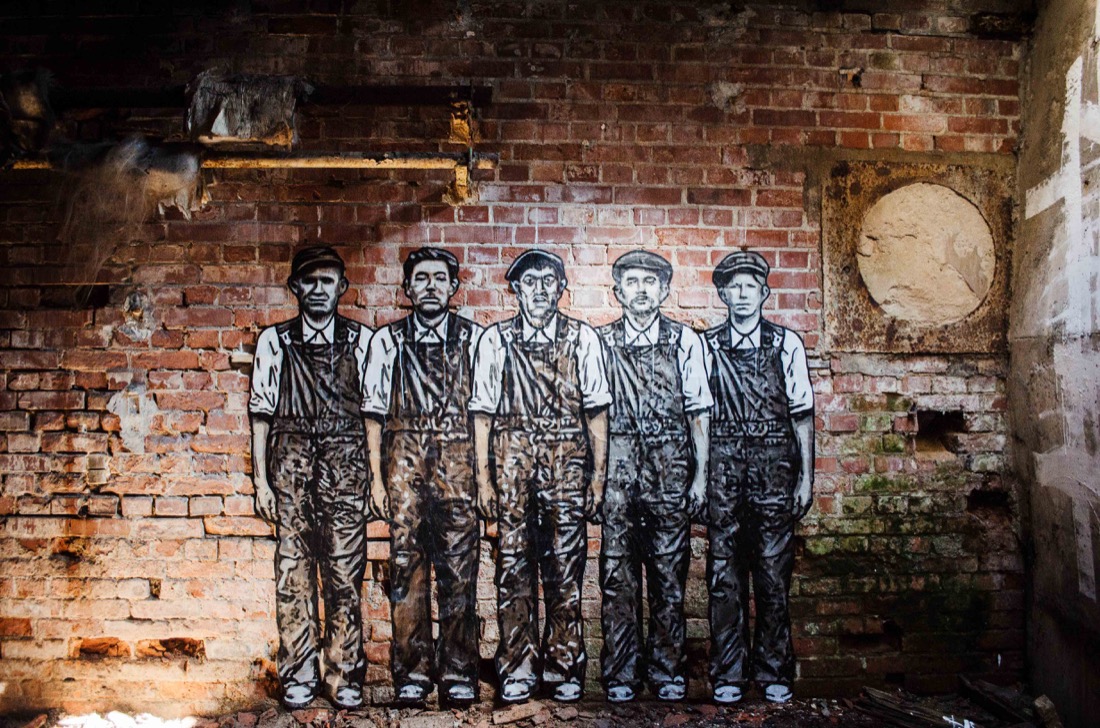

After more than ten years of vacancy, the Westerholt colliery opens its rusty doors.
More than 60 international artists revive the abandoned site with spray cans, wood, varnish and paint. Visitors experience a symbiosis of history, art and architecture.
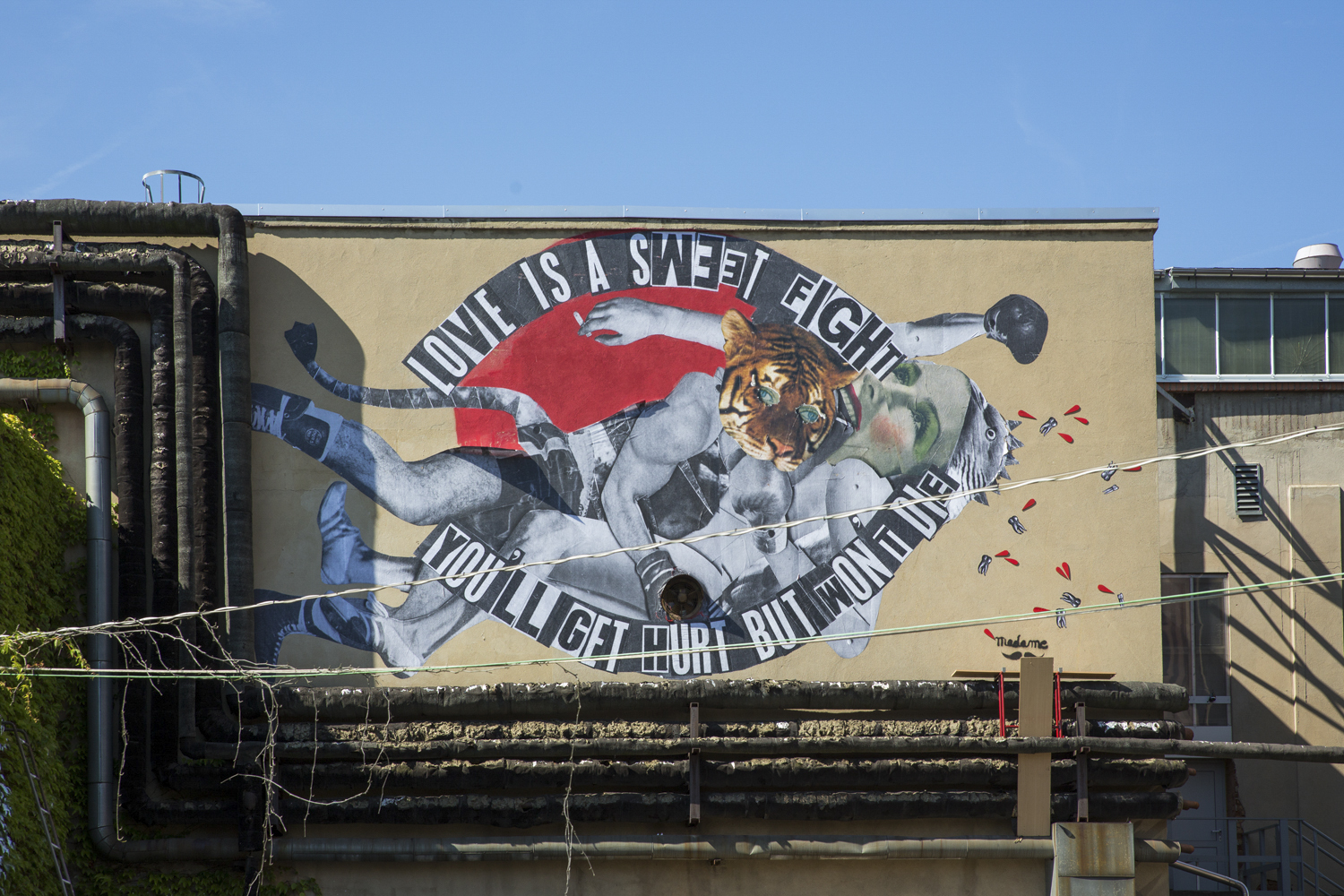

Urban art is a contemporary cultural phenomenon. Since Banksy became popular, murals, graffiti and street art can be seen in exhibitions and galleries. The RUbug wants to span an arc between street and museum, subculture and high culture.
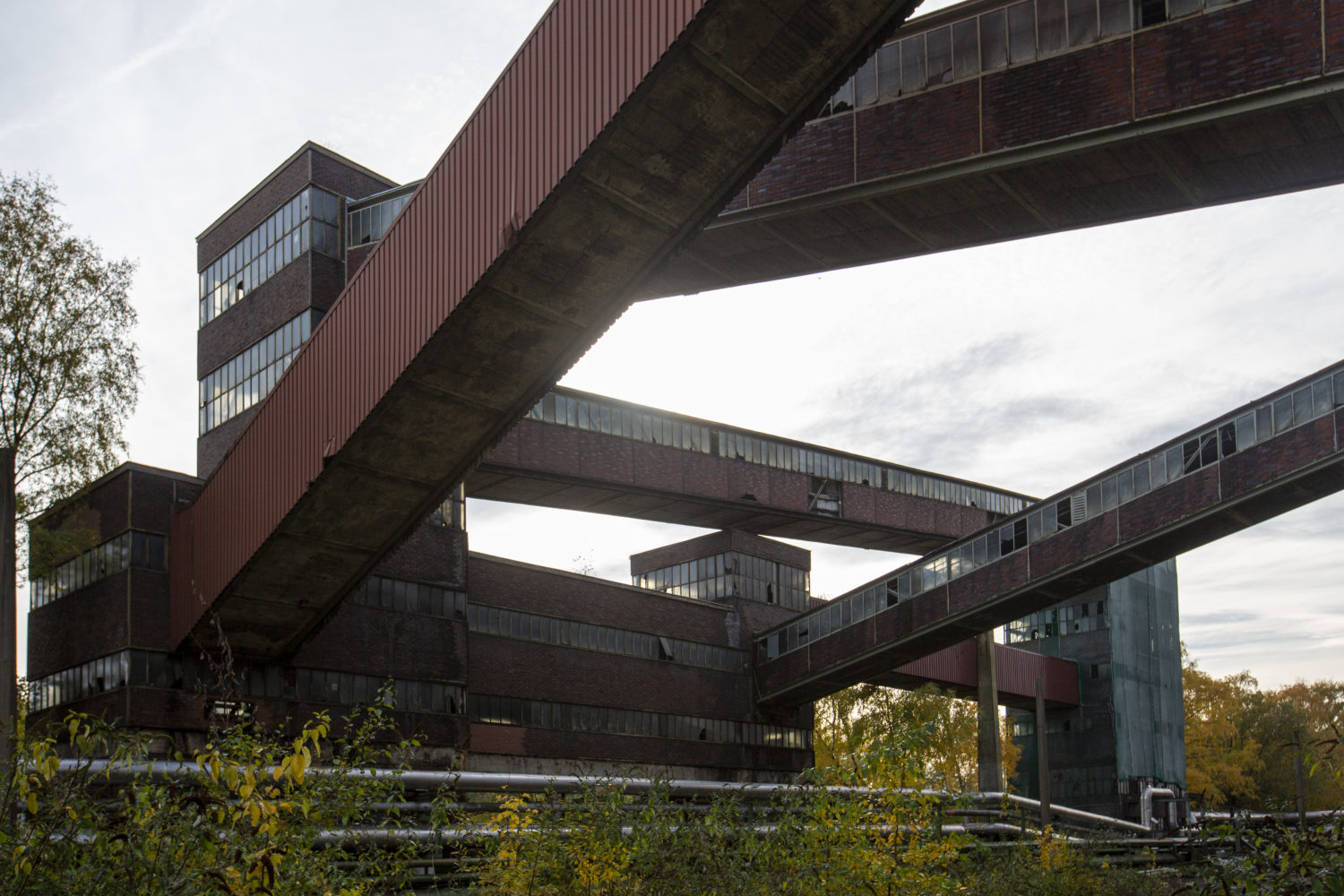

The artifacts of mining are omnipresent in Westerholt. The artists embark on a search of traces on site, rummage in archives and talk to miners. Within the artistic process, the industrial foundation of the site is taken up, exposed, gutted, contrasted, reflected, reinterpreted. The result is art that opens up a new kind of view on the mining history, the present and the future of our region.
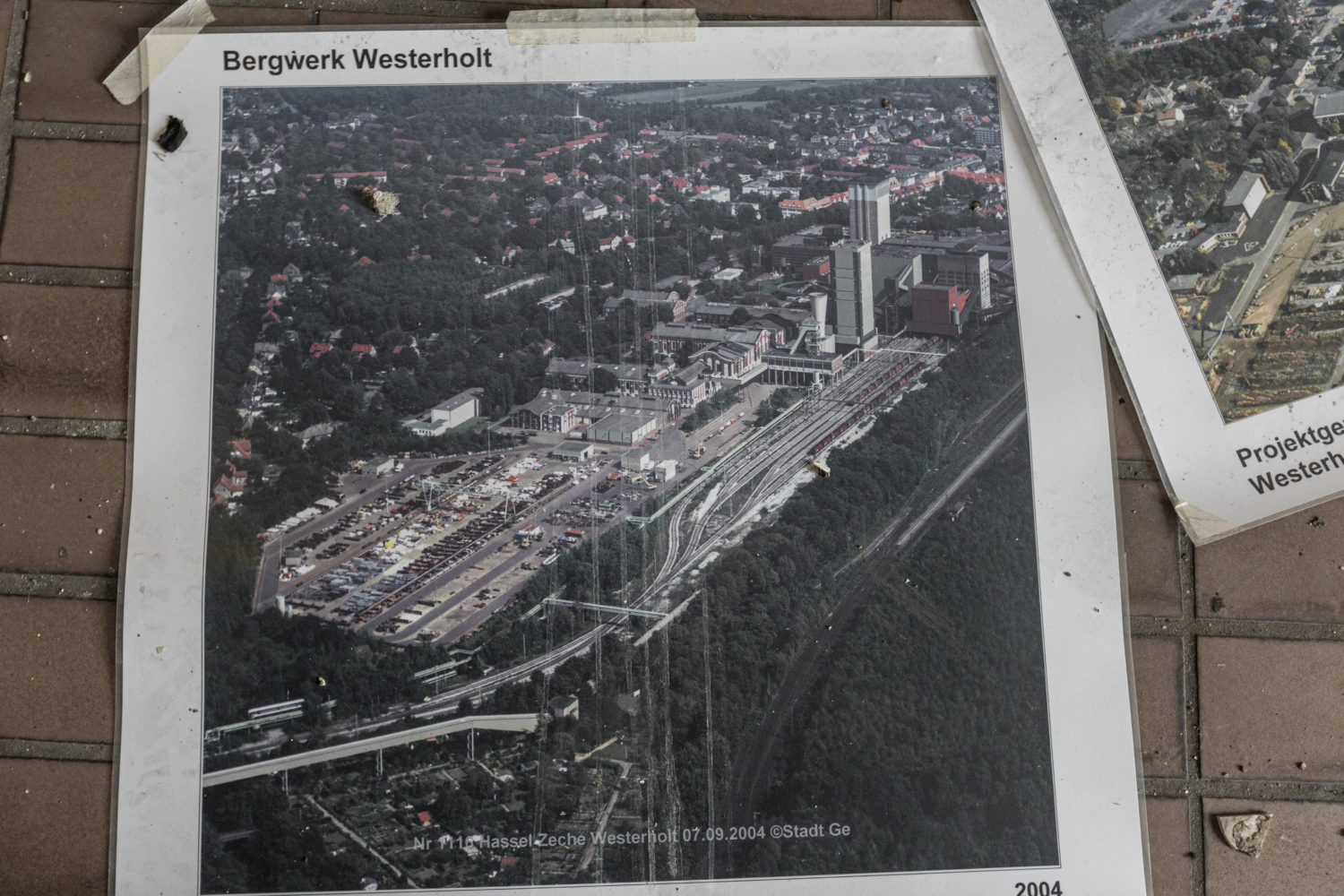

The magnificent, Wilhelminian-era buildings of the colliery site, which has long since fallen into disrepair, become a gallery. The site is the star of the exhibition. It serves as a canvas and becomes a source of artistic inspiration. In just one week, hundreds of murals, spatial installations and collages are created on site.
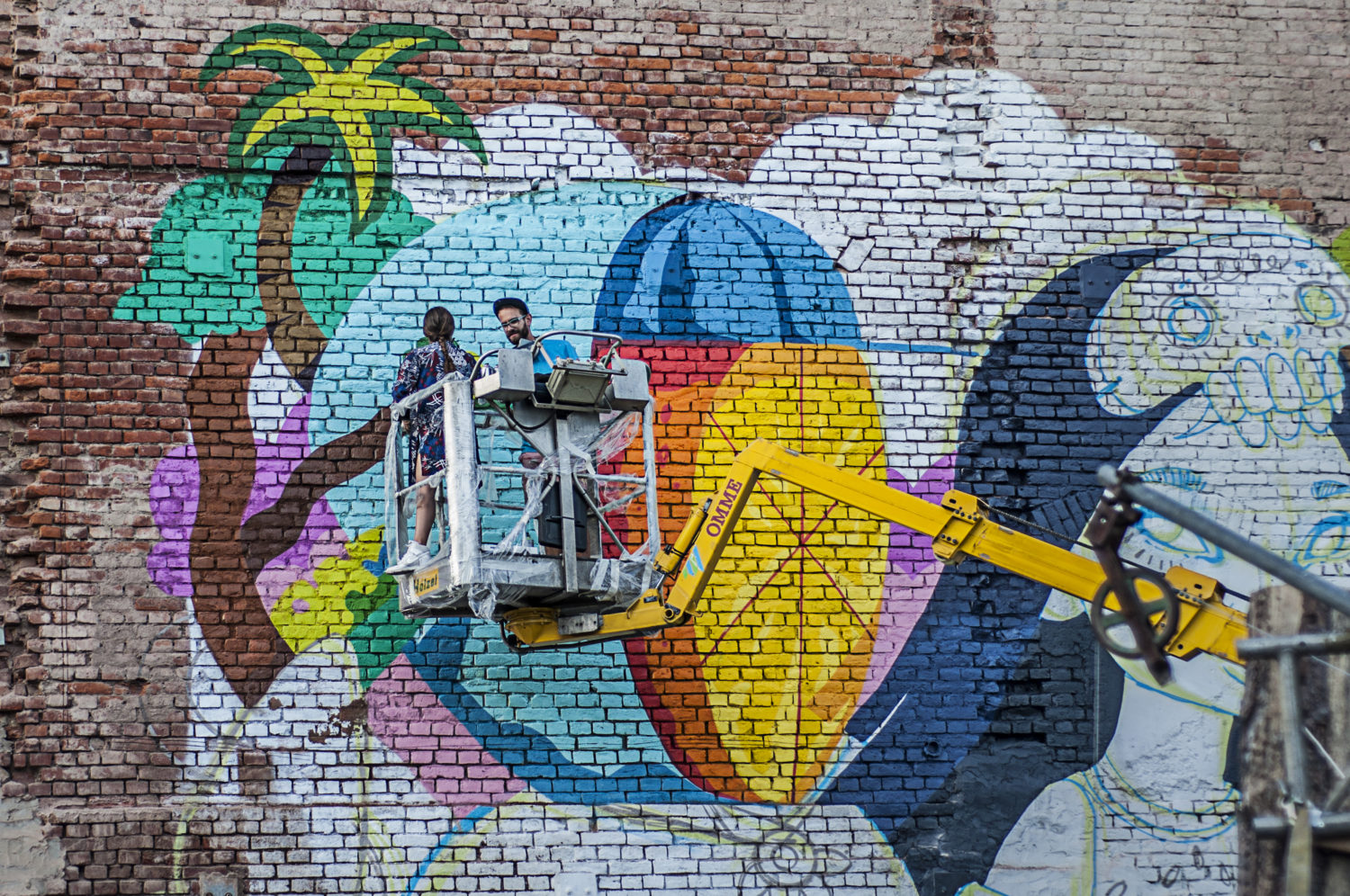
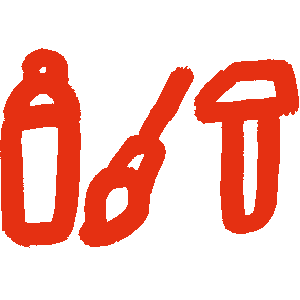
With the RUbug, international luminaries of urban art come to our region and mix with local artists and newcomers. The artists were invited by an experienced jury. The jury placed special emphasis on a high level of craftsmanship as well as on personal and aesthetic diversity.
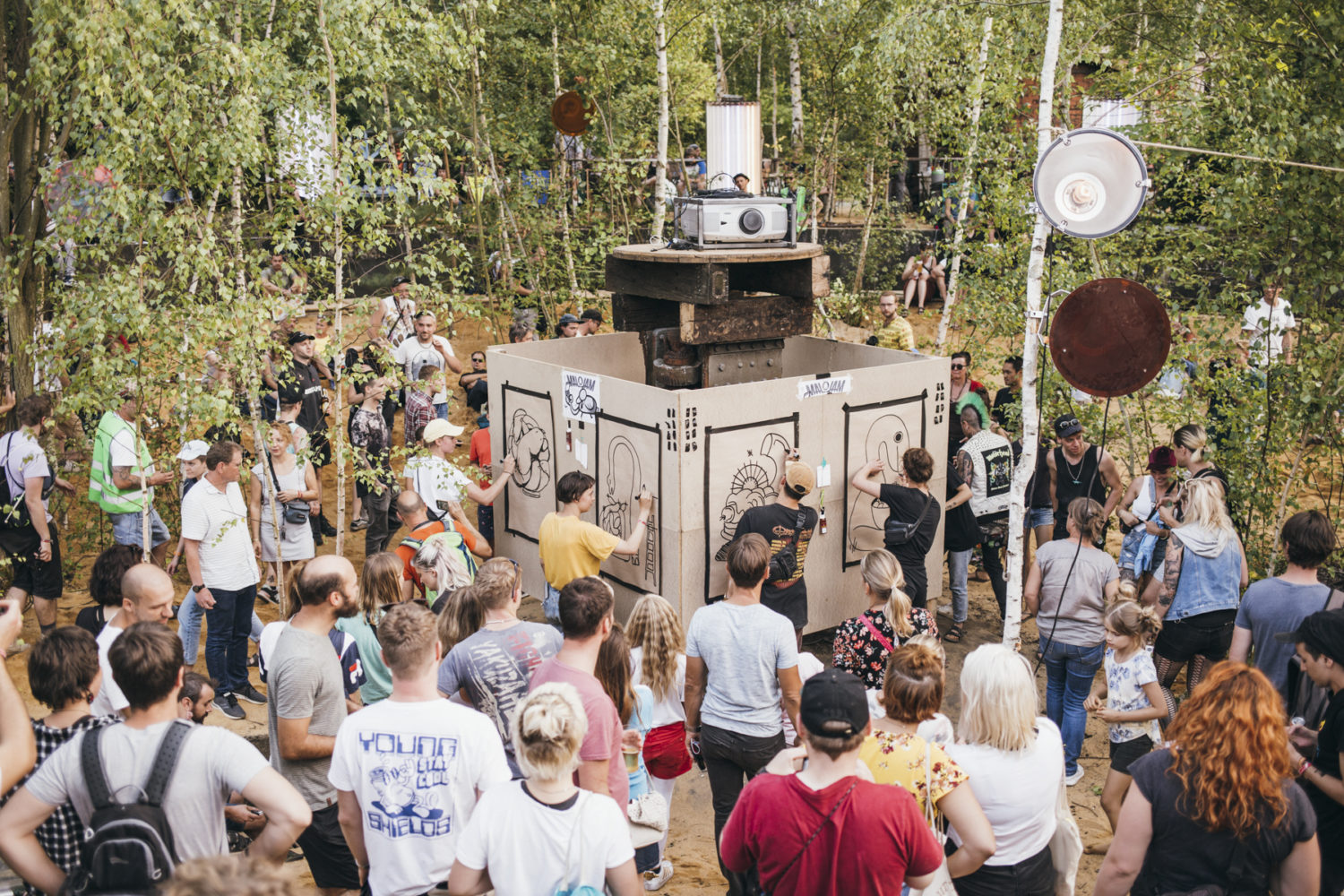
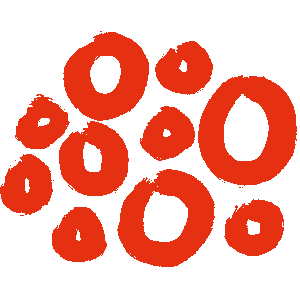
The RUbug offers images, themes and experiences for all social milieus. Everyone finds street art interesting. The festival connects people who want to experience art – and follow the traces of history. Thus, the Westerholt colliery becomes a place of intercultural encounter. Together with the artists, schoolchildren, students and other visitors get creative in exciting workshops.
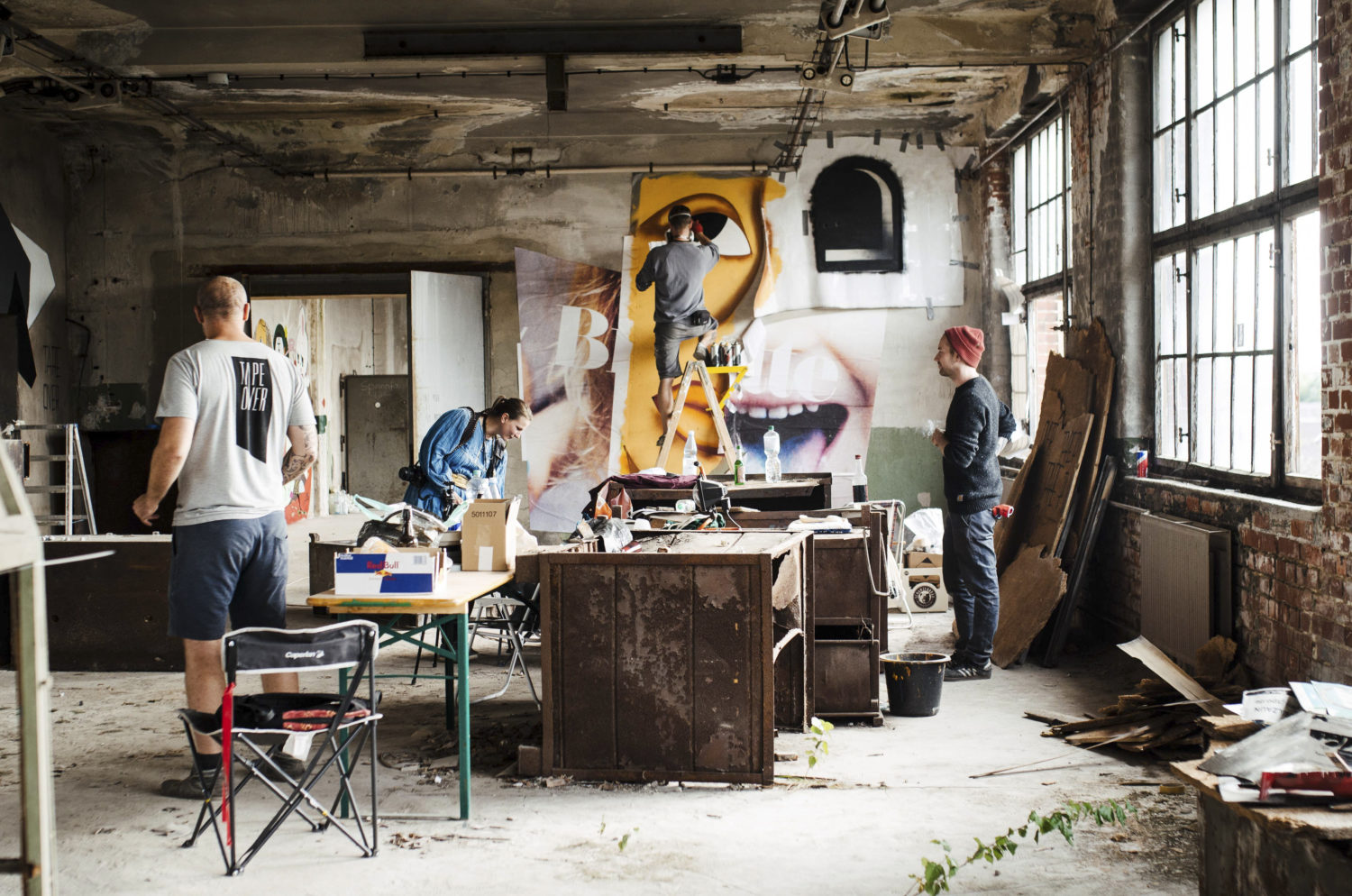

The RUbug is a network meeting – for artists, citizens and cultural players. Talks and guided tours with artists and contemporary witnesses are offered. During panel discussions, breakfasts and parties, a fruitful and informal exchange takes place. Local institutions, citizens and artists enter into conversation. New things are created.
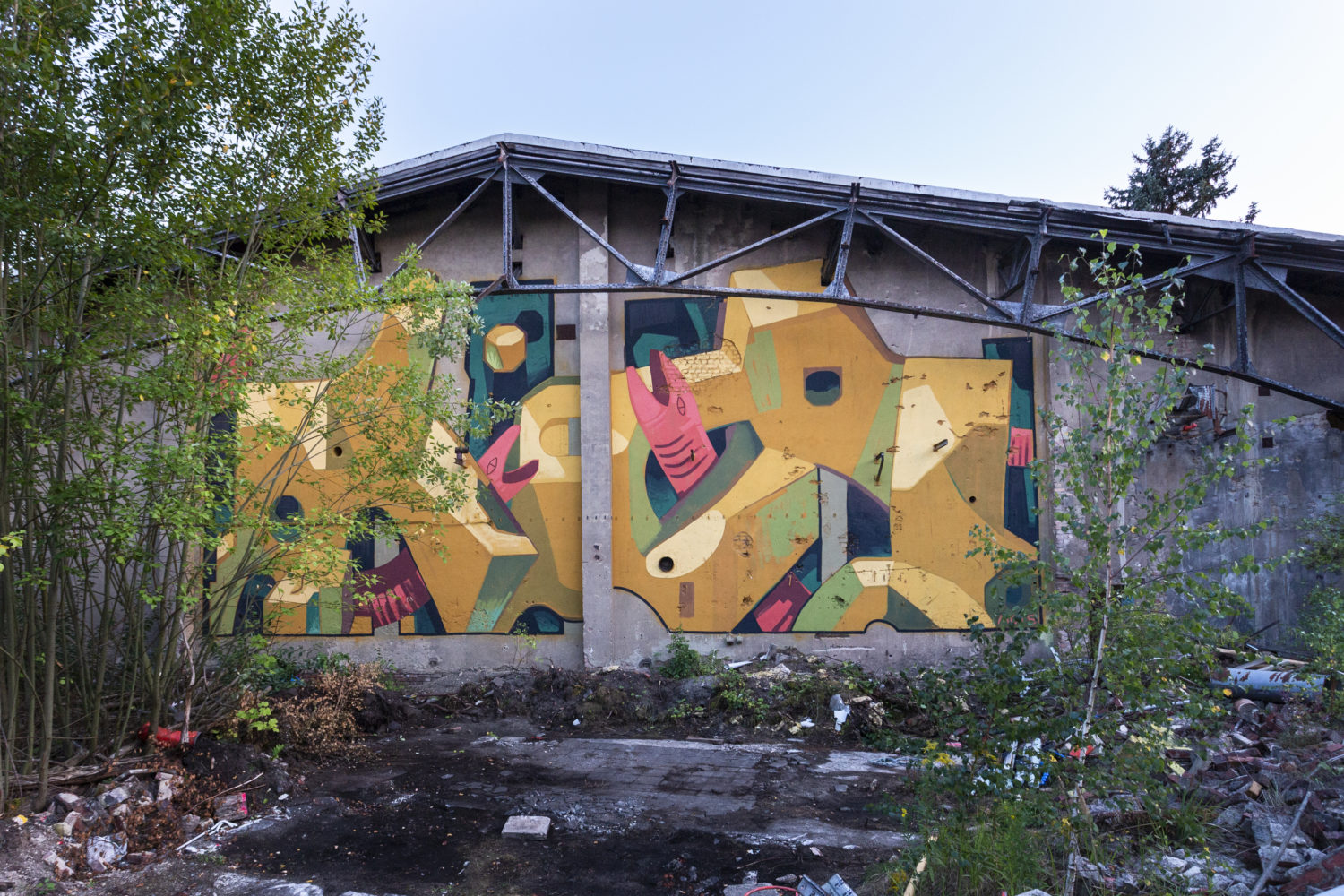

Art becomes the colorful prelude to the revitalization of the area. The images of the art and the venue spread by the media and visitors shape the new character of the former industrial site. In a charming way, RUbug shows the local people the diverse future potential of their old colliery.
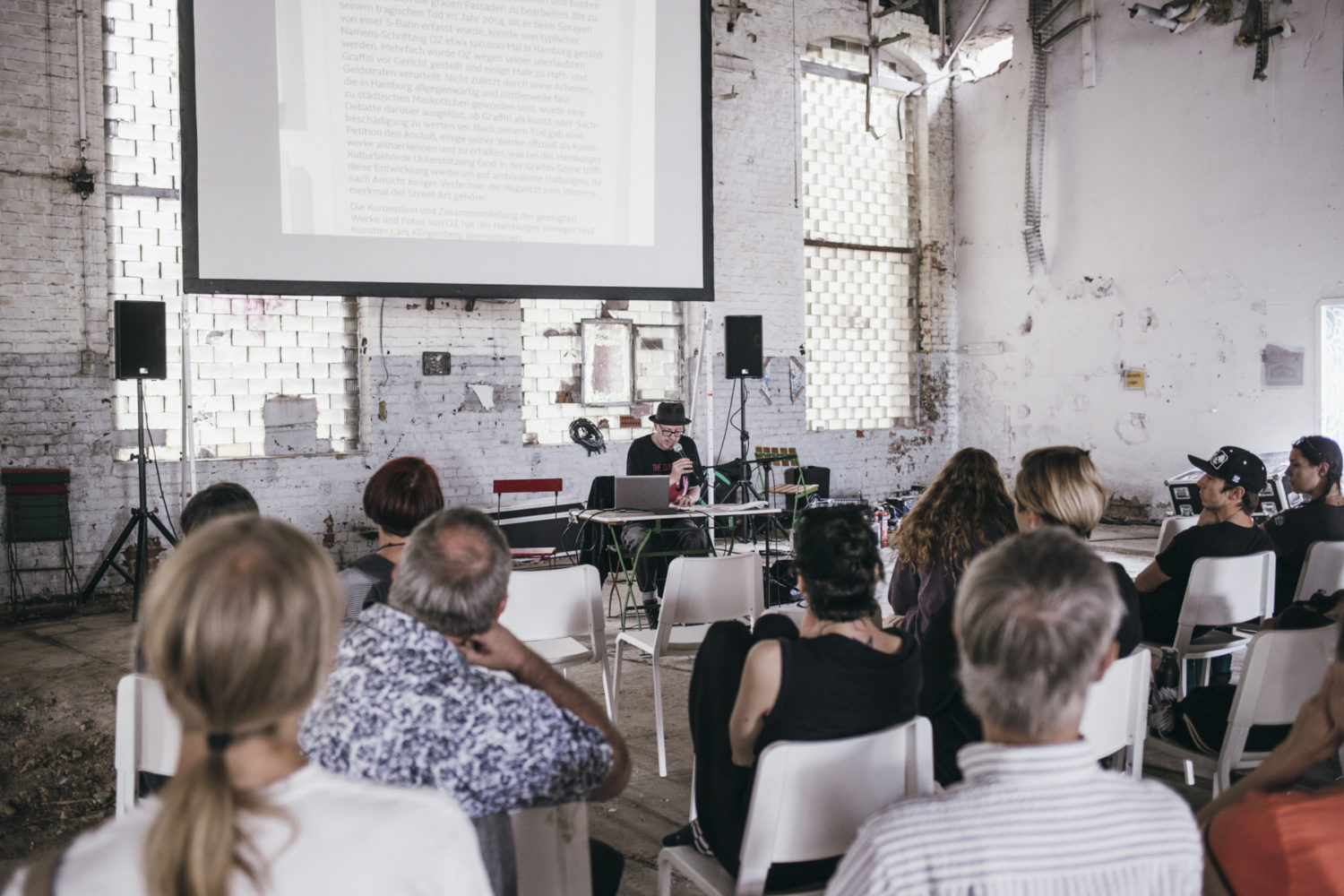

RUbug is organized in cooperation with some of the team members of the renowned ibug urban art festival. Since 2006, the ibug has taken place annually in West Saxony and has established itself in the international urban art scene.